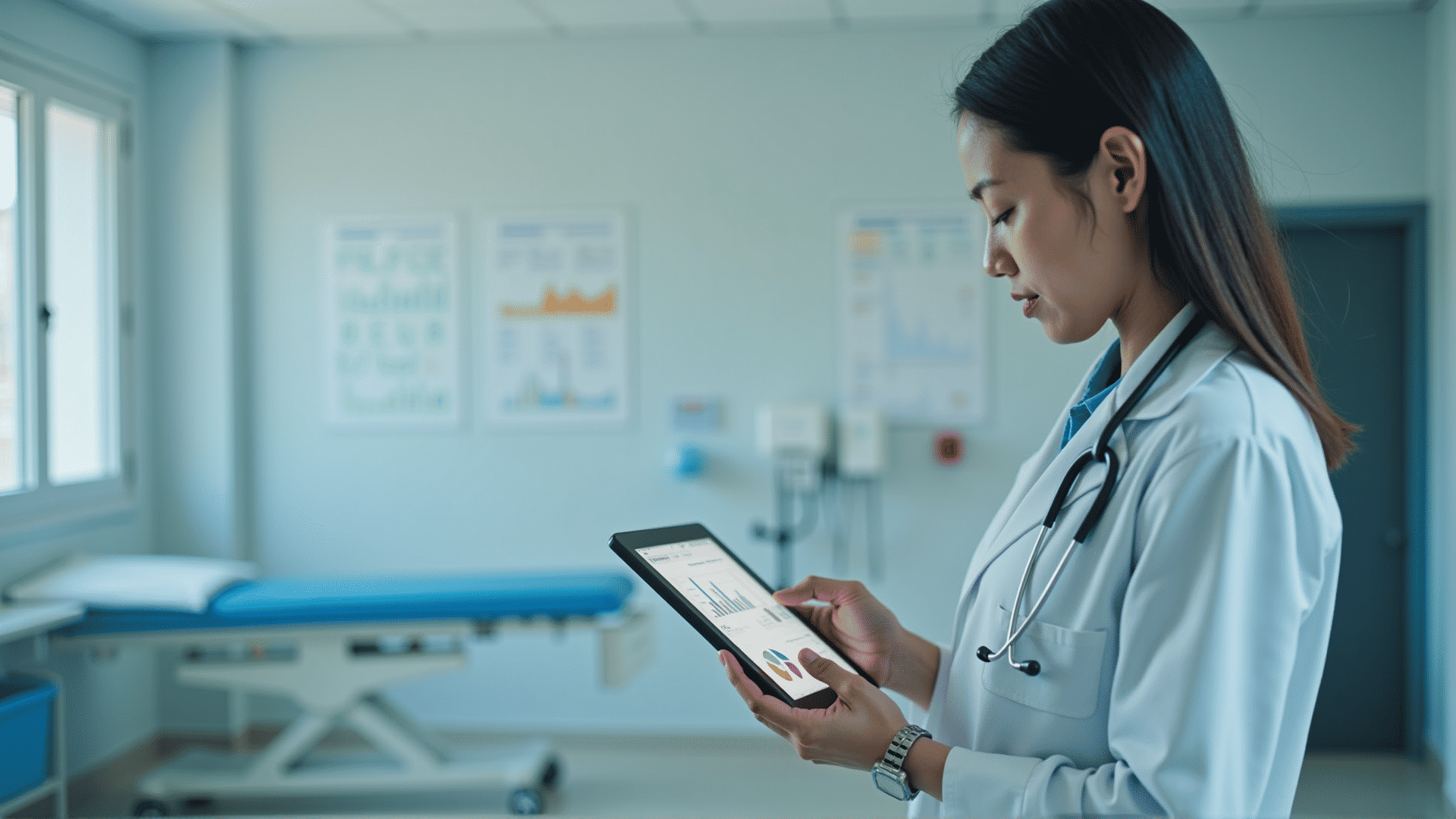In recent years, the intersection of technology and healthcare has opened up unprecedented opportunities to revolutionize public health services. By harnessing innovative technological solutions, we can significantly improve the efficiency and accessibility of healthcare delivery across regions, ensuring that high-quality care reaches individuals, no matter their location.
A critical component of this transformation is telemedicine, a technology that allows patients to consult healthcare providers via video calls, phone conversations, or messaging platforms. This approach not only extends healthcare access to remote and underserved areas but also alleviates the burden on traditional medical facilities by reducing the need for in-person visits. Through telemedicine, patients can receive timely diagnoses, management plans, and follow-ups, all while remaining in the comfort of their homes.
Furthermore, the integration of artificial intelligence (AI) in healthcare has the potential to enhance diagnostic accuracy and treatment personalization. By analyzing complex datasets, AI algorithms can identify patterns and predict health outcomes with a precision that surpasses traditional methods. This capability allows for early intervention in critical conditions and facilitates the development of customized treatment regimens tailored to individual patient needs.
Wearable health technology also plays a vital role in this technological transformation. Devices like fitness trackers, smartwatches, and health monitors keep individuals informed about their wellbeing. By continuously collecting data on vital signs and physical activity, these devices empower users to take a proactive approach to their health, alerting them to potential issues before they become critical.
Moreover, electronic health records (EHRs) have streamlined the management of patient information, leading to a more coordinated healthcare system. EHRs allow healthcare professionals to access comprehensive patient histories instantly, leading to more informed decision-making and improved continuity of care. This digital record-keeping also enhances collaboration among different healthcare providers, ensuring that patients receive consistent and comprehensive treatment.
Another innovative development is the use of mobile health applications. These apps offer a wide range of services, from medication reminders to mental health support, providing users with tools to manage their health autonomously. They also facilitate communication with healthcare providers and enable access to reliable health information, promoting healthier lifestyles and better-informed healthcare choices.
As we continue to witness advancements in this field, it is essential to prioritize the security and privacy of personal health data. Implementing robust cybersecurity measures is paramount in protecting sensitive information and maintaining the trust of patients who rely on these digital solutions.
In conclusion, the fusion of technology and healthcare presents a remarkable opportunity to enhance the delivery and accessibility of public health services. By embracing these technological innovations, we can ensure a more efficient, responsive, and personalized healthcare system that benefits individuals and communities alike. Through continued dedication to this mission, we can overcome geographical and logistical barriers, paving the way for a healthier and more inclusive future.
